The battle between gig workers and the platforms they rely on continues to intensify, as evidenced in the latest developments discussed on The Gig Economy Podcast. Uber’s recent move to block third-party apps that help drivers cherry-pick profitable rides has sparked considerable controversy. Applications like Maximo, Maestro, and GigU have become essential tools for many drivers looking to maximize their earnings by setting parameters for ride acceptance based on distance, price, and other factors.
Uber and Lyft are warning that using these apps violates their terms of service, with the threat of potential deactivation looming over drivers who continue to use them. This represents a significant shift, especially considering Uber’s own history as a disruptive technology that once challenged established systems. The company even operated a project called “Gray Ball,” which reportedly created a fake version of their app to circumvent Apple’s App Store regulations. Now, these same companies are cracking down on technologies that help drivers navigate their systems more effectively.
The irony isn’t lost on drivers who remember when Uber portrayed itself as a champion for technological innovation and economic freedom. Many drivers argue that these third-party apps don’t violate terms of service because they simply automate the acceptance or rejection of rides—something drivers are permitted to do manually. The real issue seems to be that these apps make it easier for drivers to decline unprofitable trips, which potentially impacts the platforms’ ability to ensure all rides are covered, regardless of profitability for the driver.
This conflict highlights the ongoing tension in the gig economy between platform control and worker autonomy. While companies like Uber and Lyft need to ensure service reliability for customers, drivers are increasingly pushing back against conditions they find exploitative. These third-party apps represent a form of technological resistance, allowing drivers to assert some control over their working conditions in a system where they often feel powerless.
Beyond app conflicts, the podcast discussed several troubling incidents in the gig economy, including a shocking case where a delivery driver physically attacked a customer. Security camera footage captured the driver punching a 67-year-old woman who had questioned the whereabouts of her package. This extreme case illustrates the tensions that can arise in an industry where workers often feel underpaid, overworked, and under extreme pressure to meet delivery metrics.
Customer service challenges were also highlighted, with examples of clearly malfunctioning AI chatbots that completely misunderstand customer complaints. In one instance, a passenger reporting unsafe driving behavior received automated responses about pricing, demonstrating how technology intended to streamline operations often fails at addressing genuine concerns. As platforms increasingly rely on automation to handle customer service, these failures risk eroding customer trust and leaving both customers and workers without adequate support when problems arise.
The financial side of the gig economy was explored through discussion of Lyft stock, currently trading at around $14.73. Some financial analysts view this as a potential bargain investment, citing Lyft’s focus on US and Canada ride-sharing, new initiatives targeting specific demographics like female riders and senior citizens, and sixteen consecutive quarters of double-digit growth. However, drivers and industry insiders expressing opinions on the podcast were notably skeptical about Lyft’s long-term prospects, highlighting the disconnect between Wall Street analysis and ground-level industry experience.
As the gig economy continues to evolve, the podcast provides valuable insights into the complex dynamics between platforms, workers, customers, and the technologies that connect them. The ongoing struggles for control, fair compensation, and decent working conditions remain central to understanding the future direction of this increasingly important sector of the economy.

